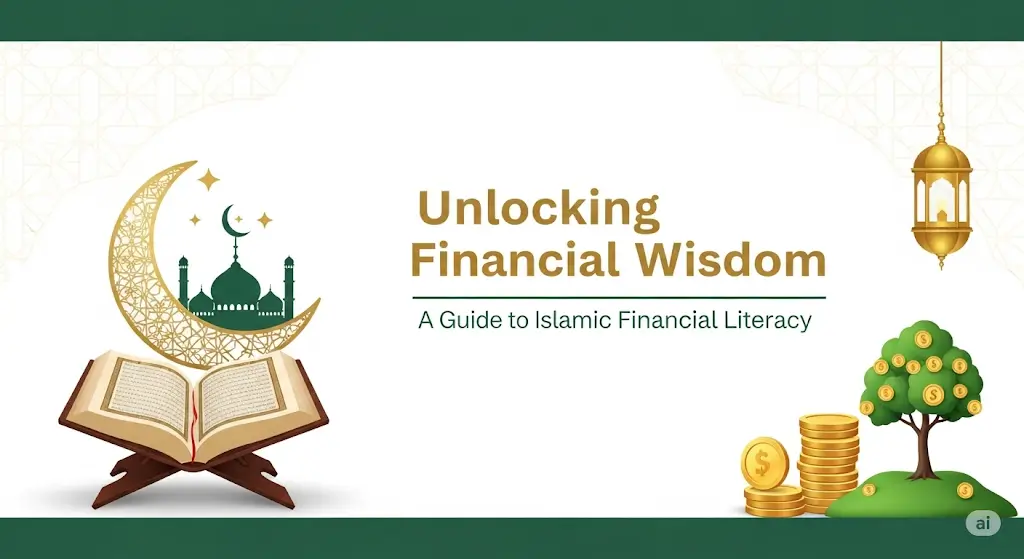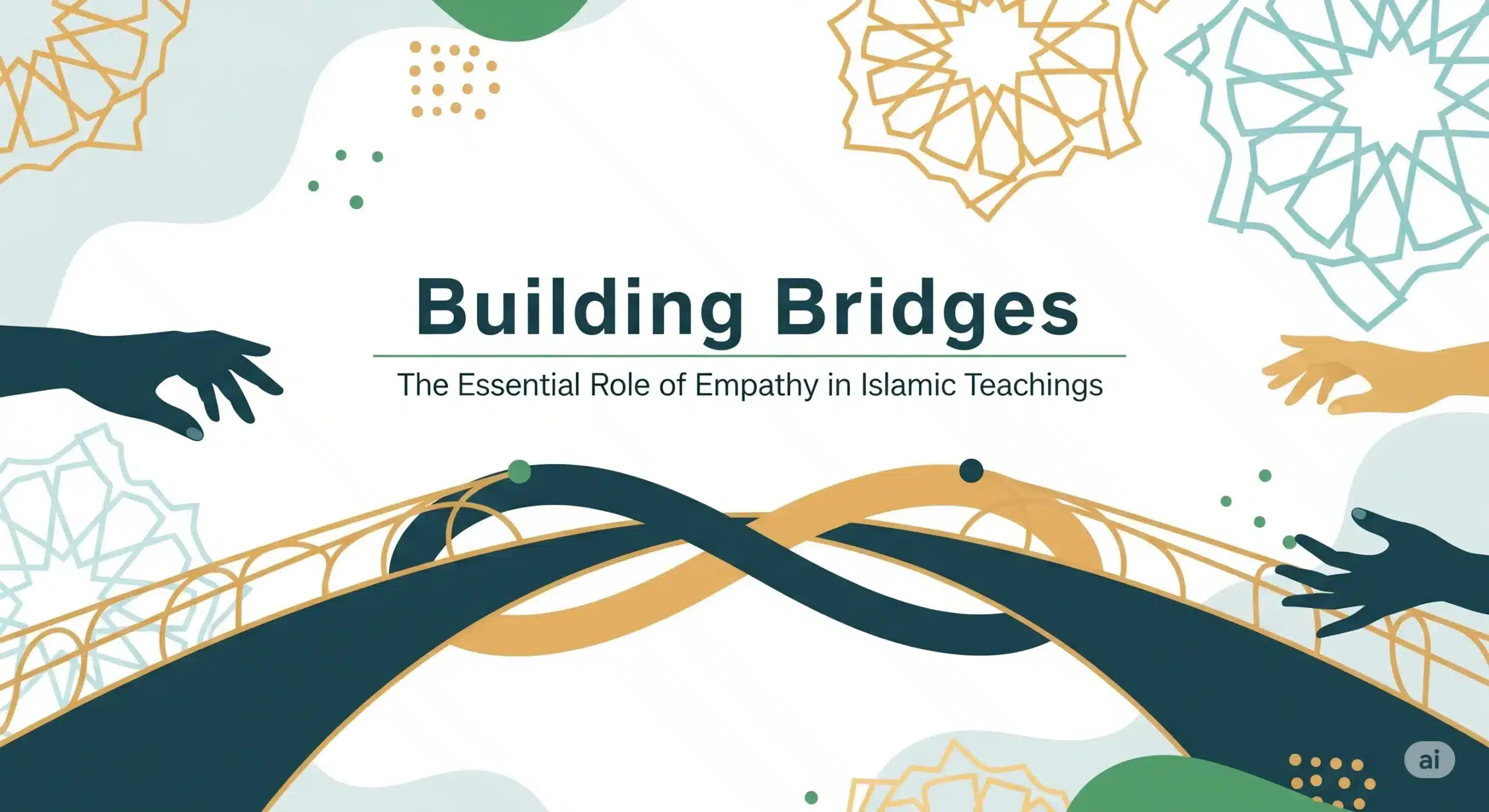Studying the Qur’an and Sunnah is the single most transformative pursuit a Muslim can undertake. Yet many sincere seekers feel overwhelmed: Where do I start? How do I go beyond surface-level reading? Which resources are reliable? The good news is that scholars across fourteen centuries have already mapped out time-tested strategies. This article distills those strategies into an actionable, step-by-step roadmap that anyone—busy professional, stay-at-home parent, or university student—can follow to achieve deep, life-changing understanding of Islam’s primary sources.
Whether you can dedicate ten minutes between classes or an hour after Fajr, the framework below will help you move from passive recitation to active, transformative engagement with Allah’s Book and the Prophet’s ﷺ teachings.
Understanding the Foundations: Qur’an and Sunnah in Context
Before we outline the practical steps, it is vital to clarify what we mean by Qur’an and Sunnah, and how they relate to one another.
Defining the Qur’an
The Qur’an is the literal, uncreated speech of Allah, revealed verbatim to the Prophet Muhammad ﷺ through the Archangel Jibrīl over 23 years. Its language is Arabic, its arrangement is divinely prescribed, and its preservation is guaranteed by Allah Himself: “Indeed, it is We who sent down the Qur’an and indeed, We will be its guardian.” (15:9)
Defining the Sunnah
The Sunnah comprises everything authentically narrated from the Prophet ﷺ—his statements, actions, tacit approvals, and descriptions—before and after prophethood. The Hadīth is the textual vehicle that conveys the Sunnah, but the two terms are not identical. In practice, a sound hadīth is the evidence for the Sunnah.
How Qur’an and Sunnah Interrelate
- Explanation: The Sunnah clarifies ambiguities in the Qur’an (e.g., how to pray, exact zakāh percentages).
- Elaboration: The Qur’an sets principles; the Sunnah provides application details.
- Authentication: Each authenticates the other: a hadīth must not contradict the Qur’an, and vice versa.
Key Components of an Effective Study Plan
Deep understanding is not accidental; it is the product of deliberate design. Below are the five pillars of every successful study regimen.
1. Purification of Intention (Ikhlāṣ)
Before opening a mushaf or hadīth collection, renew your niyyah. Ask yourself: Am I learning to impress peers, or to please Allah and transform my character? Write the intention on the first page of your notebook: “I am studying only to know You, worship You, and serve Your creation.”
2. Structured Curriculum
Random reading produces random results. A curated syllabus includes:
- Foundational texts to build vocabulary and grammar
- Thematic tafsīr for worldview formation
- Hadīth sciences to evaluate authenticity
- Legal maxims (qawāʿid) to connect rulings
- Spirituality to internalize meanings
3. Qualified Mentorship
Self-study can lead to misinterpretation. Identify a credible teacher—local scholar, online seminary, or study-circle leader—who possesses:
- Formal ijāzah (authorization) in the texts you are studying
- Adherence to the salaf methodology
- Ability to explain wisdoms (ḥikam), not just rulings
4. Consistent Routine
The Prophet ﷺ said: “The most beloved deeds to Allah are those that are consistent, even if small.” (Bukhārī) Craft a non-negotiable schedule:
| Time | Activity | Goal |
|---|---|---|
| 05:30 – 05:45 AM | Recite ½ page Qur’an with tartīl | Pronunciation precision |
| 05:45 – 06:15 AM | Tafsīr of verses just recited | Conceptual clarity |
| 07:00 – 07:15 AM | Memorize 1 hadīth with chain | Prophetic literacy |
| 08:00 PM commute | Listen to 20-min lecture on Seerah | Contextual immersion |
5. Active Review & Implementation
Knowledge that is not reviewed or acted upon will evaporate. Employ these three tools:
- Spaced repetition: Review notes at 1-day, 7-day, and 30-day intervals.
- Teaching: Explain one new concept to a family member daily.
- Action tracker: Keep a checklist of verses you intend to implement (e.g., control anger, increase charity).
Benefits and Importance of Deep Qur’an-Sunnah Study
Beyond the obvious reward, systematic study yields tangible worldly and spiritual dividends.
Personal Transformation
The Qur’an is shifāʾ (healing) and raḥmah (mercy). Reciters report:
- Decreased anxiety and improved emotional regulation (modern psychology corroborates mindfulness effects of rhythmic recitation)
- Heightened empathy (surah al-Baqarah 2:177)
- Increased discipline (fasting and prayer punctuality)
Family Cohesion
Households that study together pray together. Weekly family halqah (circle) covering:
- One Qur’anic story
- One prophetic etiquette (e.g., smiling, truthfulness)
- Collective duʿāʾ
…creates an island of iman in a turbulent world.
Community Leadership
Communities led by students who combine textual depth with practical wisdom are statistically more resilient against extremism and apathy (Pew 2025 study on mosque educational programs).
Practical Applications: The 7-Step Daily Deep-Dive Method
Below is a replicable daily workflow you can begin today, regardless of Arabic proficiency.
Step 1: Taharah & Duʿāʾ
Perform wudūʾ and recite the duʿāʾ before seeking knowledge: “Allāhumma infaʿī bimā ʿallamtanī wa ʿallimnī mā yanfaʿunī…”
Step 2: Recitation with Tajwīd (15 min)
Use a color-coded mushaf or app (e.g., Quran.com with Tajweed rules highlighted). Focus on:
- Rules of ūsakinah and tanwī
- Natural pauses (waqf) to preserve meaning
Step 3: Word-for-Word Analysis (20 min)
Open an Arabic-English lexicon like Lane’s Lexicon or Omar’s Dictionary of the Qur’an. Record:
- Root letters
- Core meaning
- Derivatives in other verses
Example: The root ʿ-L-M (علم) appears 854 times—each instance deepens the concept of ʿilm as both propositional knowledge and transformative action.
Step 4: Thematic Tafsīr Reading (25 min)
For each passage, consult at least two tafsīr layers:
| Layer | Source | Benefit |
|---|---|---|
| Classical | Ṭabarī, Ibn Kathīr | Authentic interpretation chain |
| Contemporary | Al-Shaʿrāwī, Maududi | Modern relevance |
Compare how each mufassir handles cause of revelation (asbāb al-nuzūl) and legal rulings (aḥkām).
Step 5: Hadīth Cross-Reference (15 min)
Use Sunan Ibn Mājah’s chapter headings to locate supporting or clarifying hadīth. Tools:
- HadithFinder app
- Islamweb.net fatwa search
Tag each hadīth with authenticity grade (ṣaḥīḥ, ḥasan, ḍaʿīf).
Step 6: Reflection & Journaling (10 min)
Write a personal takeaway in a “Tadabbur Journal.” Use the PRAISE framework:
- Praise: What attribute of Allah is highlighted?
- Repent: Which sin must I abandon?
- Affirm: Which belief is strengthened?
- Intend: Concrete goal for the day
- Share: Whom can I teach?
- Evaluate: Check-in after 24 hours
Step 7: Supplication for Implementation (2 min)
Close with: “Allāhumma ijʿal ḥaqāʾiq al-Qurʾāūrā qalbī…”
Tools & Resources for Every Level
Beginner (0–1 year)
- Arabic alphabet flashcards (Madinah Book 1)
- Tafsīr Fi Zilal al-Qur’an (abridged)
- Riyāḍ al-Ṣāliḥī hadīth memorization app
Intermediate (1–3 years)
- Bayyinah TV Arabic grammar track
- Tafsīr Tafhim-ul-Qur’an (Maududi) + Tafsīr Saʿdī (side-by-side)
- Graded hadīth texts: 40 Hadith Nawawī, Bulugh al-Marām
Advanced (3+ years)
- Ijāzah track in Ṣaḥīḥ al-Bukhārī (e.g., Qalam Institute)
- Comparative tafsīr: Rūḥ al-Maʿāī, Al-Kashshāf (with critical notes)
- Independent research using Shamela.ws and Noorlib.ir
























Post Comment